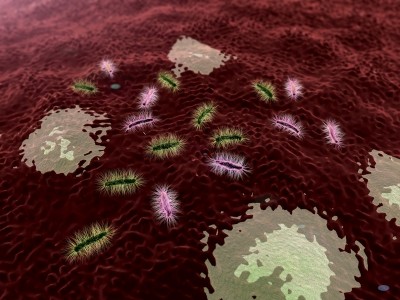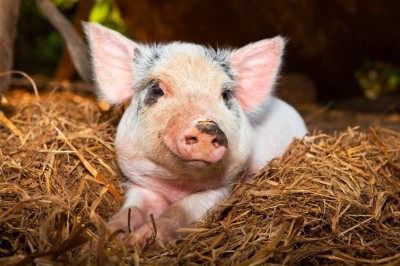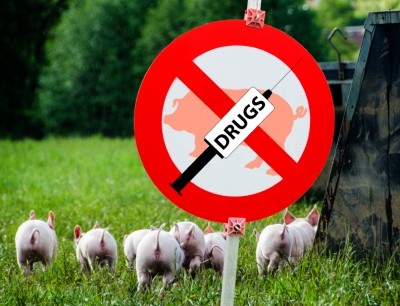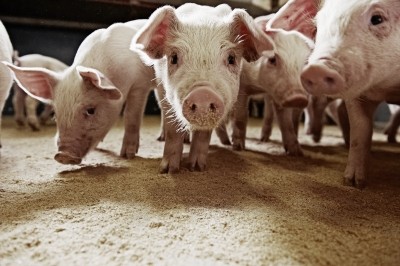US researcher bids to unlock link between fiber and gut functionality in pigs
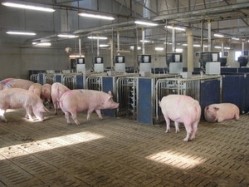
Indeed, a career dedicated to understanding sources of energy and its utilization by pigs earned the professor of animal science at Iowa State University a New Frontiers in Animal Nutrition Award from the American Feed Industry Association (AFIA) and the Federation of Animal Science Societies (FASS) earlier this month.
The prize is judged by a committee comprised of members of FASS. It recognizes the awardee’s contributions to the field of nutritional research for animals or the food gained from animals.
In recent times, Patience has been particularly focused on fathoming how dietary fiber influences gut health and function.
“Feed is the major portion of the cost of production, and energy is by far the most expensive part of the diet,” he told FeedNavigator. “So if we wanted to [support] the pork industry, then it made sense to work on energy and those parts that we understand the least – which in North America is definitely fiber and fat.”
Patience said greater awareness of how fiber is used by the pig could lead to ways to improve feed efficiency.
“The more we understand about how the gut is influenced, the better position we’re in to formulate diets more efficiently to provide certain amounts of fiber or different kinds of fiber,” Patience said.
The Professor said the increased use of products like distillers dried grains (DDGs) and co-products from flour milling have led to larger amounts of fiber being included in pig feed.
“If we’re going to use more fiber in the diets, then it behooves us to understand how it’s being used, how it (interacts) and how is the fiber being use by the pig,” he said. “If we’re feeding more fiber, and we can increase the value that the pig gets from the fiber, then that’s a step forward for the industry.”
Antibiotic reduction
Another reason for the focus on digestion and gut health is the attempt to reduce the amount of antibiotics needed to raise a healthy pig, said Patience.
“Part of the motivation is to reduce the use of antibiotics, but overall the objective is to simply understand how different diets will influence the animal and allow us to more effectivity formulate diets that impact the growth of the animal, the carcass, and the meat,” he said.
Competitiveness of the US pork industry
Patience is also is in the process of wrapping up a five-year project that included about 20 researchers from four different countries and five different institutions. The overall stated goal of the project was to research ways to improve the use of nutrients and feed efficiency to help boost the competitiveness of the US pork industry.
“We made a lot of progress because we were able to work in a multidisciplinary way,” he said. “There was a sense of collaboration and working together to solve a common goal or develop new knowledge.”
Reportedly feed costs are about 55-60% of the expenses involved in US pig production, and annually amount to about $8.5 billion.
Even slight improvements in the feed conversion rate can mean large savings for the industry.
The group found that several factors including considering the pig’s genetic line, grinding food to a finer level and using pelleted food could be ways to make pork production more efficient.
